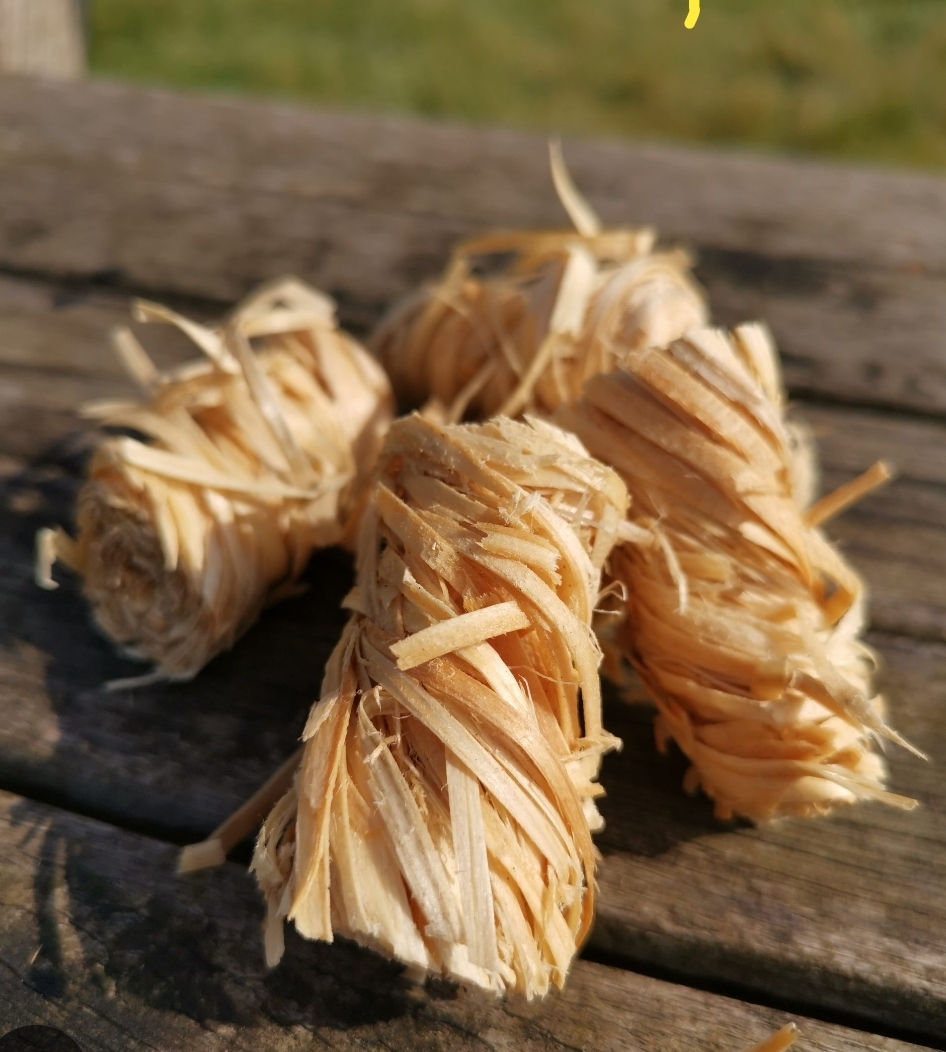Why Do Log Burners and Multifuel Stoves Sometimes Smoke Back upon Lighting?
- safesweepwirral
- Oct 13, 2024
- 3 min read

As the weather turns colder in Wirral, Chester, and Ellesmere Port, many residents look forward to the cozy warmth of their log burners and multifuel stoves. However, a common issue that can dampen this experience is smoke backing into the room when lighting the stove for the first time or after a particularly cold spell.
Were going to take a look at the most likely causes and solutions to help prevent this issue happening to you this winter... lets dive in!
Common Causes of Stoves Smoking Back Into the Room
Understanding the causes and solutions can help you enjoy your stove without the hassle of smoke-filled rooms....lets take a look at the most common culprits and how to manage them.

Cold Plugs: During cold weather, the flue can become blocked by a cold plug, which is essentially a column of cold air that prevents the smoke from rising up the chimney. This is more common after long periods of non-use.
• Air Pressure: Changes in air pressure, especially during cold spells, can affect the draft of your chimney and impact its funtion leading to smoke backing up into your room.
• Blocked Chimney: A blocked or partially blocked chimney can also cause smoke to back up. This could be due to soot buildup, bird nests, or other debris.
• Moisture in Fuel: Using wet or unseasoned wood can produce more smoke as the moisture in the wood needs to evaporate before the wood can burn properly, which in turn reduces the flue gas temperatures and can contribute to smoke to blowing back in to the room.
• Moisture in the Chimney: If your chimney hasn’t been used for a while, moisture can accumulate, making it harder for the smoke to rise and escape the chimney. An appropriate cowl is a useful too for managing excess moisture from getting in to your flue.
How to Overcome Your Appliance Smoking Back

• Pre-Warming the Flue: Before lighting your stove after a period of inactivity or on particularly cold days, pre-warm the flue to create an upward draft. This can be done by burning a small amount of newspaper or kindling in the stove, we advise simply lighting a firelighter and letting it burn through. The heat will then rise and push the cold air out of the flue, allowing smoke to escape properly...any firelighter will do but we are particularly fond of the style of fire lighter in the image below, we find they produce great heat, minimal smoke and are perfect for pre-warming cold flues.

• Employ The Top-Down Lighting Method: This method involves placing larger logs at the bottom, followed by smaller logs, kindling, and then a firelighter on top. When lit, the fire burns downwards, creating a more efficient burn and reducing the amount of smoke produced. Check out our blog on this method here

• Proper Ventilation: Make sure your room is well-ventilated. Opening a window slightly can help balance the air pressure and improve the draft in your chimney.
• Regular Maintenance: Ensure your chimney is regularly cleaned and inspected by an NVQ qualified chimney sweep. This helps to remove any blockages and ensures your chimney is in good working order.

Why Choose Safe-Sweep Chimney Sweep?
At Safe-Sweep Chimney Sweep, we understand the unique challenges faced by stove owners across Wirral, Chester, and Ellesmere Port.
As NVQ qualified chimney sweeps we are well equipped to handle all aspects of chimney maintenance, ensuring your stove operates both safely and efficiently. Regular maintenance not only helps to reduce smoke blowing back into your room but also reduces the risk of chimney fires and improves the overall efficiency of your stove.
By following the tips above and ensuring you keep on top of regular chimney maintenance, you can enjoy the warmth and comfort of your log burner or multifuel stove without the inconvenience of smoke making its way back in to your home.

At Safe-Sweep, we are committed to helping our customers in Wirral, Chester, and Ellesmere Port enjoy the warmth and comfort of their stoves without the hassle of smoking back issues.
Contact us today to book your chimney sweep and keep your home safe and cozy all winter long.





Comments